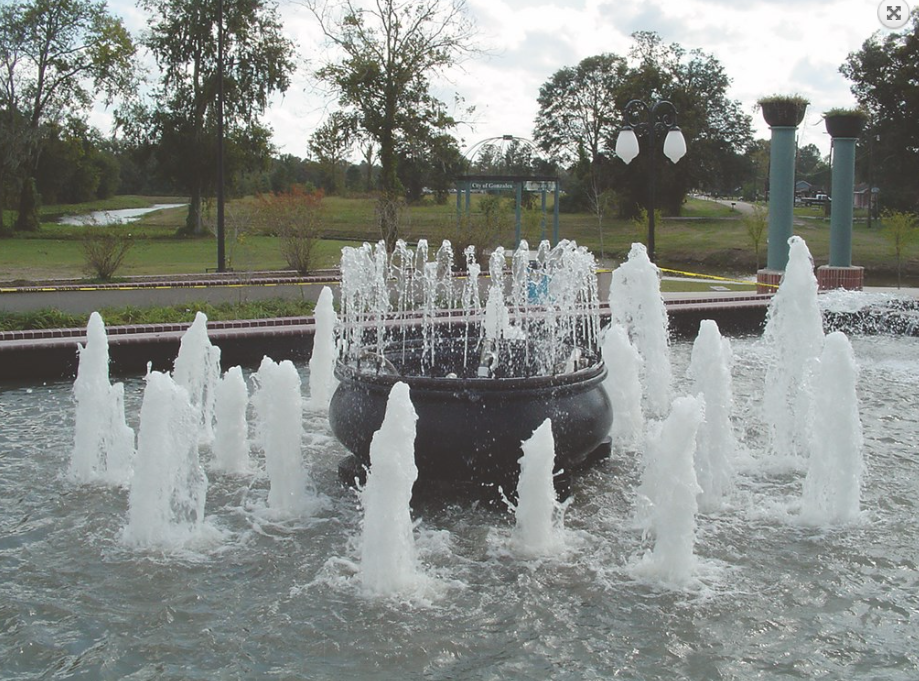
2023-03-25T10:31:14
Executing and maintaining a water fountain in a public park can present a number of challenges, including: Design and Installation: The design and installation of a water fountain must be carefully planned and executed by professionals. This can involve challenges such as obtaining the necessary permits and permissions, determining the appropriate size and location for the fountain, ensuring that the fountain is structurally sound and safe, and connecting the fountain to a reliable water source. Water Quality: Ensuring that the water in the fountain is clean and safe for public use can be a major challenge. Regular maintenance and cleaning of the fountain, as well as proper filtration and treatment of the water, are essential to prevent the growth of bacteria and other harmful microorganisms. Vandalism and Damage: Public water fountains can be vulnerable to vandalism and damage, which can result in costly repairs or even render the fountain unusable. This can include intentional damage such as graffiti, as well as unintentional damage caused by accidents or misuse. Weather and Environmental Factors: Water fountains can be affected by weather and environmental factors such as extreme temperatures, wind, and precipitation. Proper maintenance and protection from the elements are essential to ensure that the fountain remains functional and safe for public use. Cost and Funding: The cost of designing, installing, and maintaining a water fountain can be significant, and funding for these projects may be limited. Finding the necessary resources to create and maintain a high-quality public water fountain can be a challenge for local governments and park organizations. Accessibility and Inclusivity: Public water fountains must be designed and located in a way that is accessible and inclusive for all members of the community, including those with disabilities. This can involve challenges such as ensuring that the fountain is at a height and location that is accessible to wheelchair users, and providing clear signage and instructions for use. In addition to the challenges mentioned earlier, there are specific challenges faced in making and maintaining a water fountain in a public park in India. These include: Water Scarcity: India faces severe water scarcity in many regions, especially during the summer months. This can make it challenging to provide a reliable and consistent water supply to a public water fountain. Careful planning and conservation measures may be necessary to ensure that the fountain does not contribute to water wastage. Pollution: Many Indian cities suffer from high levels of air and water pollution, which can make it difficult to maintain a clean and hygienic water fountain. Special attention may be required to ensure that the fountain is not contributing to pollution, and that the water is properly treated and filtered. Maintenance Challenges: Maintenance of public infrastructure can be a challenge in India, especially in busy urban areas where there may be limited resources and competing demands. It may be difficult to ensure that the fountain is properly cleaned, repaired, and maintained on a regular basis. Funding Constraints: Many local governments and park organizations in India face funding constraints that can limit their ability to invest in public infrastructure such as water fountains. Creative solutions, such as public-private partnerships, may be necessary to secure the necessary funding for the fountain's construction and maintenance.

Have a question? Ask here!
Required fields are marked *